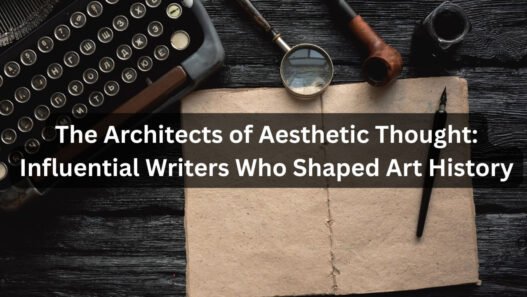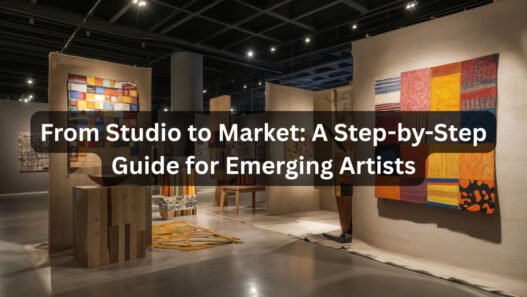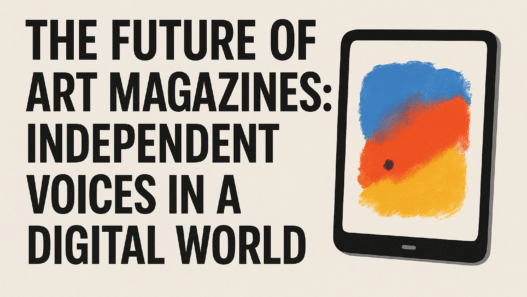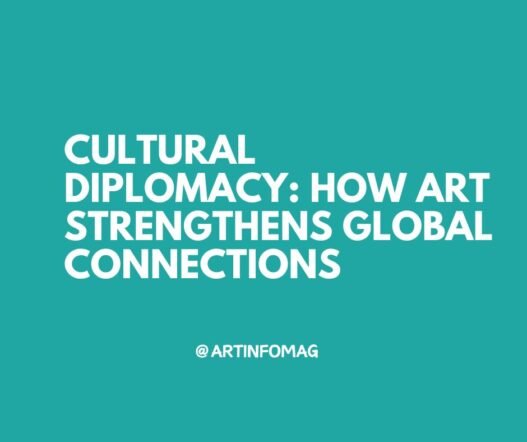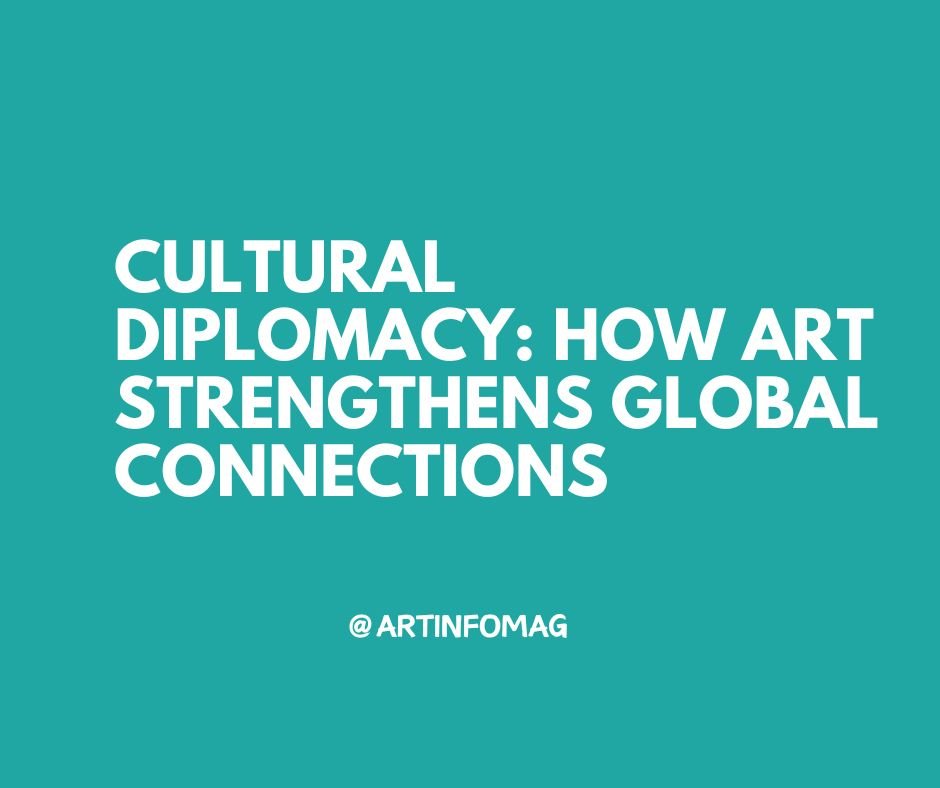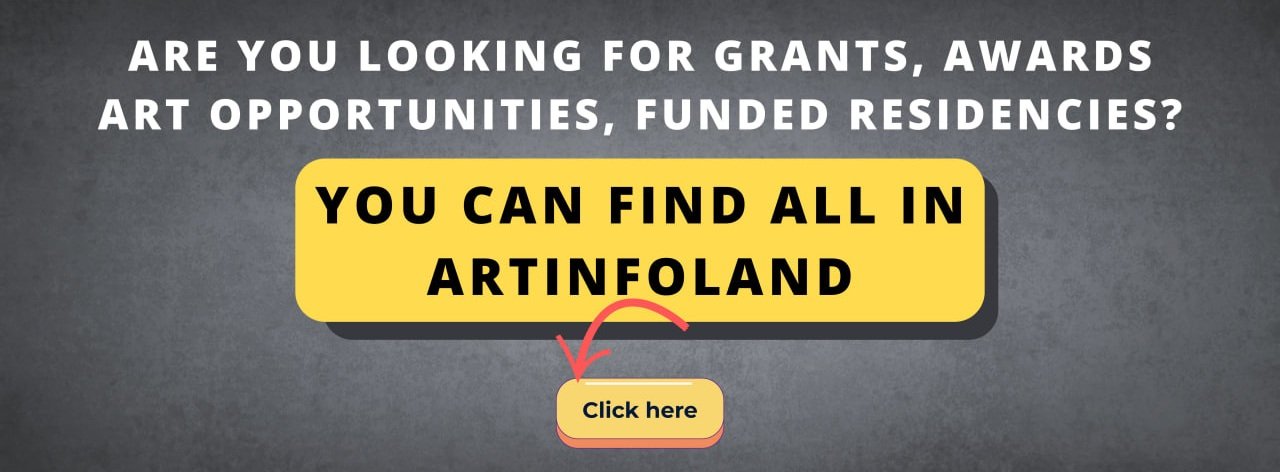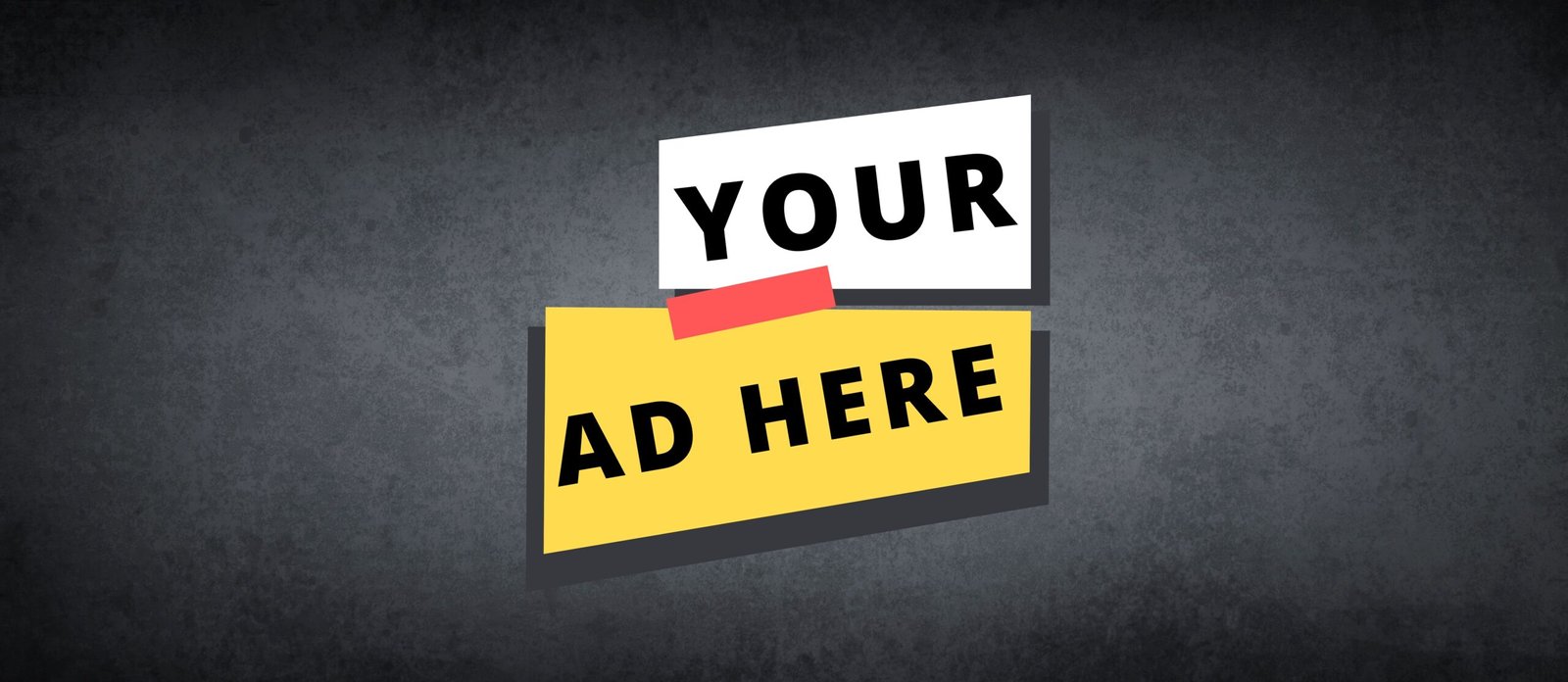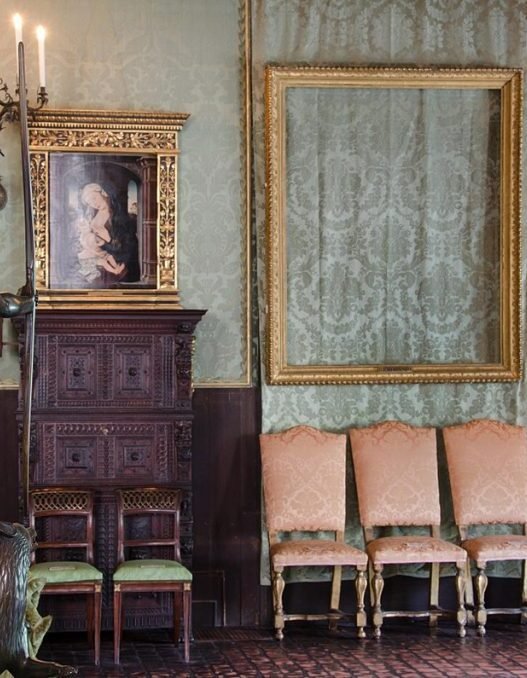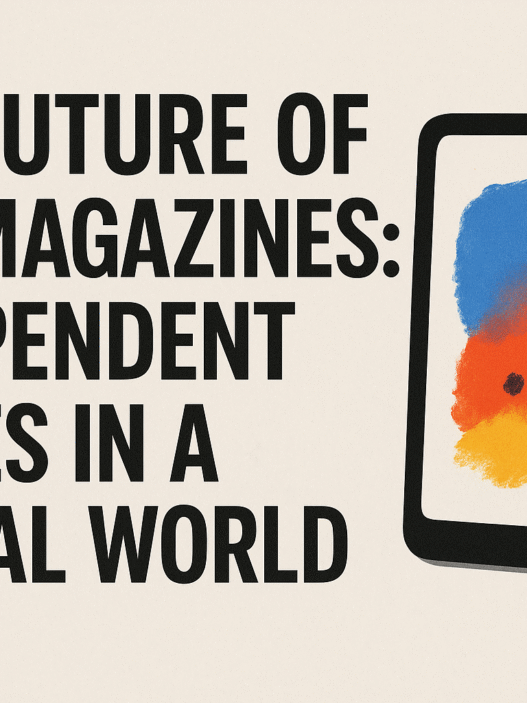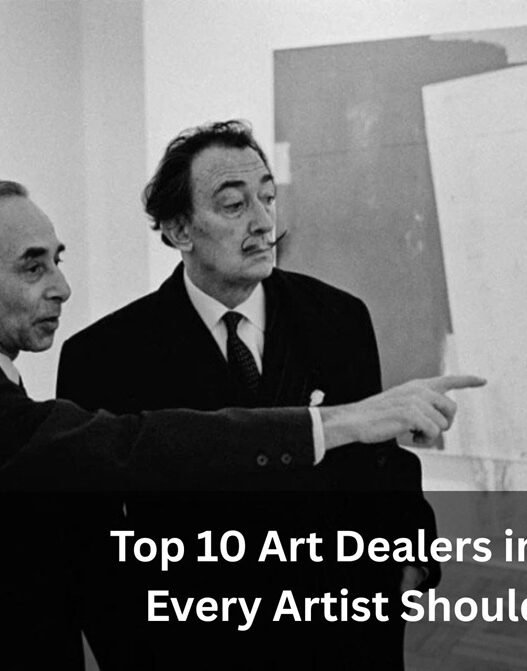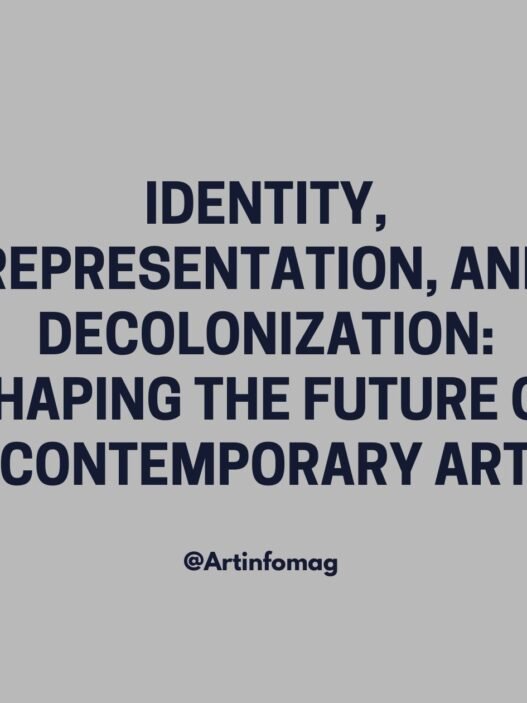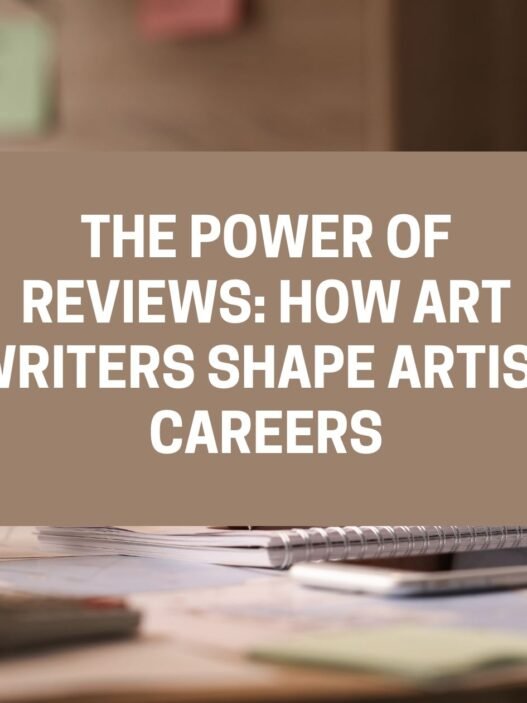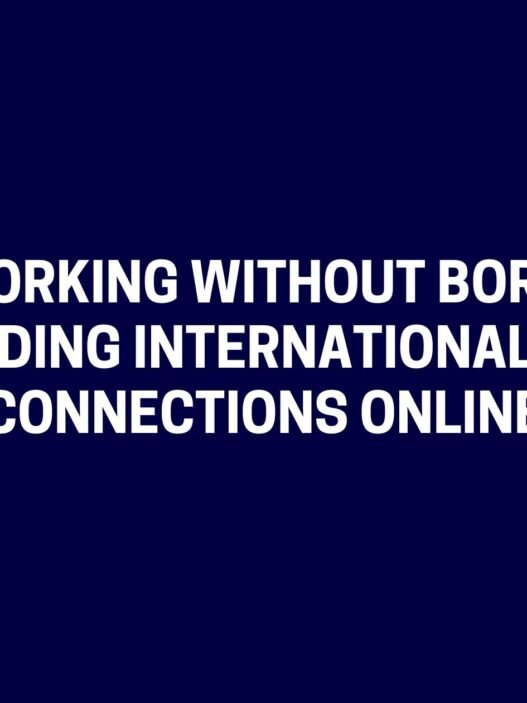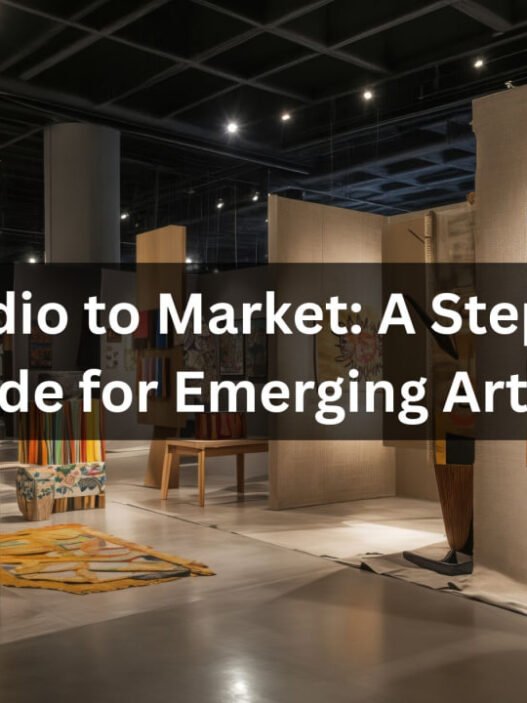In an era of complex global challenges-political tensions, climate crises, and social inequalities-art is emerging as a powerful tool for cultural diplomacy, fostering understanding and collaboration across borders. By transcending language and politics, art creates shared experiences that build bridges between communities, nations, and cultures. For Artinfoland’s community of artists and creatives, engaging in cultural diplomacy through art offers a unique opportunity to shape global conversations, amplify diverse voices, and forge meaningful connections. This article explores how art serves as a universal language, strengthening international ties and empowering artists to contribute to a more connected world.
The Essence of Cultural Diplomacy Through Art
Cultural diplomacy involves using cultural expressions (like art, music, or literature) to promote mutual understanding and cooperation between nations or communities. Art, with its ability to convey emotions, histories, and identities, is uniquely suited to this role. It bypasses diplomatic formalities, speaking directly to human experiences and fostering empathy.
- Breaking Down Barriers: Art transcends linguistic and political divides, creating spaces for dialogue where words alone might fail. Exhibitions like Entangled Pasts, featuring artists such as Lubaina Himid and El Anatsui, explore colonial histories while inviting global audiences to reflect on shared legacies.
- Amplifying Marginalized Voices: Cultural diplomacy through art elevates underrepresented perspectives, such as those of Indigenous or diasporic artists. For example, Wendy Red Star’s work, rooted in Crow heritage, challenges stereotypes and fosters cross-cultural understanding through humor and storytelling.
- Building Trust: Art initiatives, from international biennials to artist exchanges, create neutral grounds for collaboration, encouraging trust and goodwill between nations and communities.
Art as a Global Connector
Artists and institutions are leveraging art to strengthen international ties in innovative ways:
- International Exhibitions and Biennials: Events like the Venice Biennale or 1-54 Contemporary African Art Fair (London, New York, Marrakech, Paris) showcase artists from diverse regions, fostering dialogue about identity and decolonization. 1-54, in particular, amplifies African and diasporic voices, reshaping global art narratives.
- Artist Residencies and Exchanges: Programs like the Art Therapy Lab International Residency or Vresidency connect artists across borders, encouraging cross-cultural collaborations. These residencies often focus on themes like mental health or social justice, as seen in KODA’s 2024 Mental Health Open Call, which supported Brooklyn-based artists engaging global audiences.
- Public Art and Community Projects: Artist-led initiatives, such as those in State of the Nation: A BIPOC Artist Perspective, create community-driven works that address global issues like racial justice, resonating with audiences worldwide. Similarly, public installations in urban spaces spark cross-cultural conversations, inviting diverse communities to engage.
- Digital Platforms: Online exhibitions and social media, particularly platforms like X, enable artists to share their work globally. Discussions led by figures like La Tanya S. Autry on ethical representation amplify marginalized voices, fostering global solidarity.
Case Studies: Art in Action
Several initiatives illustrate art’s role in cultural diplomacy:
- Indigenous Identities Exhibitions: These shows, highlighting Native American artists, bridge cultural gaps by sharing stories of resilience and heritage with global audiences, fostering respect and understanding.
- Linda Brogan’s MY MUM IS WHITE: This artist-led project transforms galleries into spaces for exploring mixed-race identities, inviting international dialogue on race and belonging.
- Black Artist Database: By advocating for Black artists on platforms like X, this collective connects creators with global opportunities, promoting cultural exchange and equity in the art world.
Challenges and Opportunities
While art is a potent tool for cultural diplomacy, challenges remain. Funding constraints, visa restrictions, and varying cultural sensitivities can complicate international projects. However, artists are finding solutions:
- Leveraging Digital Spaces: Virtual exhibitions and online residencies reduce costs and bypass travel barriers, enabling global participation.
- Collaborative Funding: Partnerships with cultural institutions, NGOs, or crowdfunding platforms support cross-border initiatives, as seen in artist-led projects funded through Kickstarter.
- Cultural Sensitivity: Artists like those in Mindful: Exploring Mental Health Through Art engage global audiences by addressing universal themes like wellness, while respecting local contexts.
Why This Matters for Artinfoland’s Community
For Artinfoland’s audience, cultural diplomacy through art aligns with the platform’s mission to connect artists with global opportunities. Open calls, residencies, and exhibitions listed on Artinfoland often prioritize projects that foster cross-cultural dialogue or address pressing issues like decolonization and identity. By participating in these initiatives, artists can build international networks, gain exposure, and contribute to meaningful global conversations.
The Takeaway: Art as a Universal Bridge
Cultural diplomacy through art is more than a creative endeavor; it’s a transformative force for global connection. By sharing stories, challenging narratives, and building communities, artists are forging pathways to understanding in a divided world. For emerging creatives, engaging in these initiatives offers a chance to make an impact far beyond their local context. At Artinfoland, we encourage artists to embrace art’s diplomatic power-create, connect, and inspire a more united global community.


